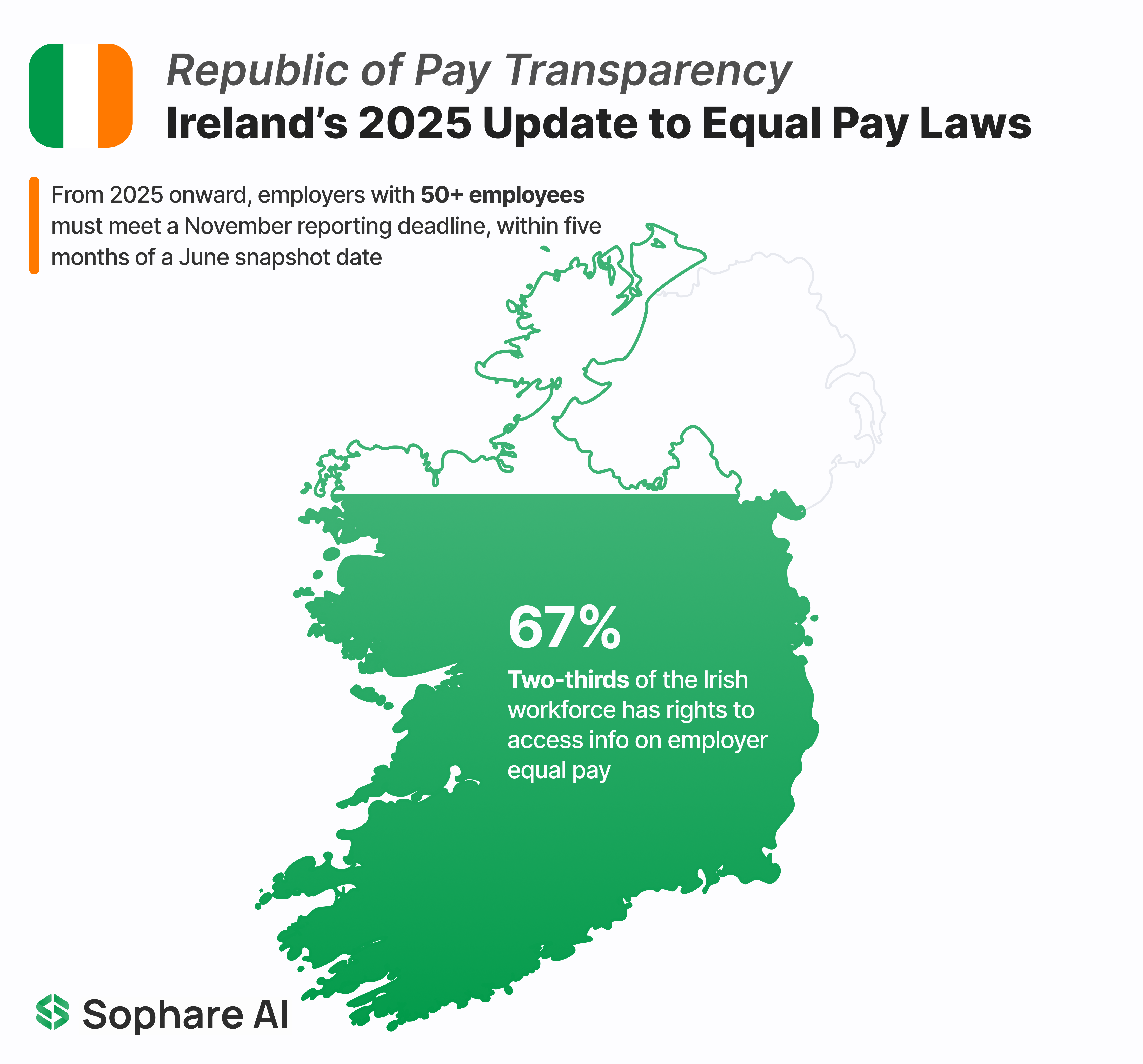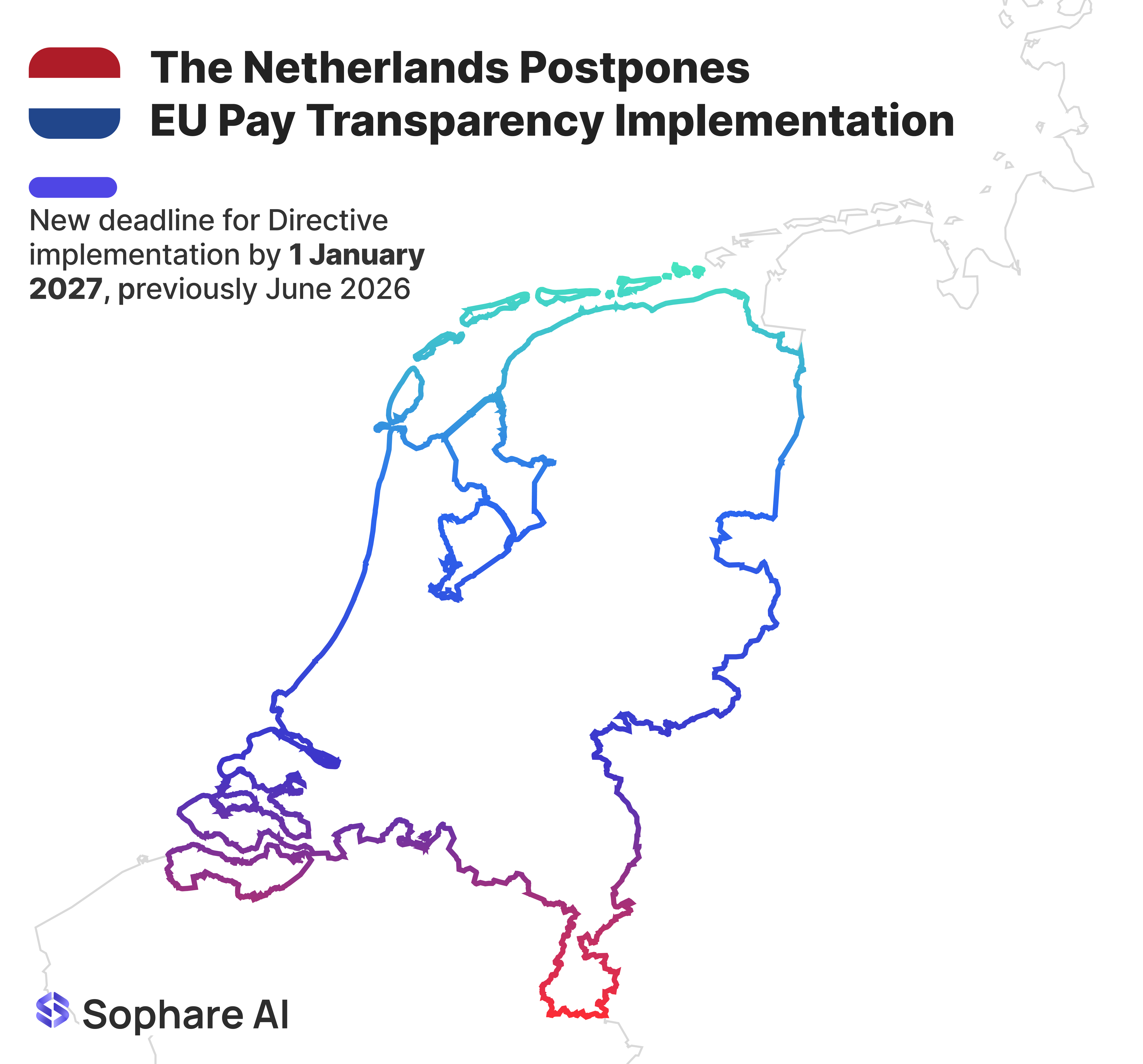7 Months to Go: Everything You Wanted to Know About Setting Salary Ranges Ahead of The EU Pay Transparency Directive
In an age of skyrocketing pay transparency, a company’s compensation philosophy acts as a public statement about how the organization rewards success, values loyalty, recognizes ambition, and fosters equity within the workplace. A clear compensation philosophy defines the principles that guide pay decisions like setting salary ranges for jobs. Those principles reflect how a company balances competing priorities — internal budget discipline and external competitiveness, short-term affordability and long-term retention, individual performance and workforce equity. Getting that balance right requires understanding the market forces shaping labour supply and demand, and translating them into a pay structure that attracts and sustains the talent your organisation needs.






